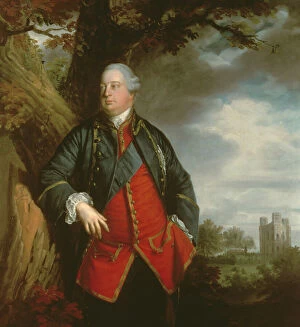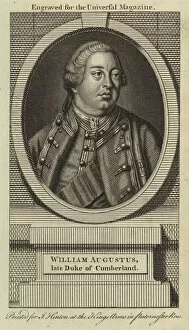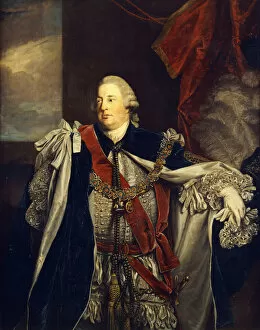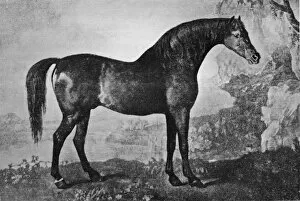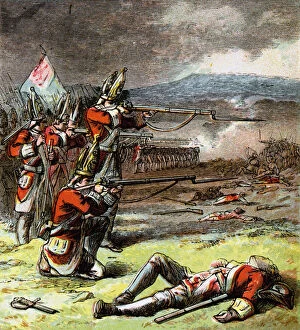William Augustus Collection
William Augustus, Duke of Cumberland, was a prominent figure in 18th-century British history
For sale as Licensed Images
Choose your image, Select your licence and Download the media
William Augustus, Duke of Cumberland, was a prominent figure in 18th-century British history. Known for his military prowess and controversial actions, he left an indelible mark on the era. The various portraits and depictions of him throughout the years showcase his commanding presence. In the c. 1758 oil painting by an unknown artist, William Augustus stands tall and regal, exuding confidence as he gazes into the distance. His engraved portrait captures his stern expression and strong features, emphasizing his role as a formidable leader. A Chelsea white bust immortalizes the Duke's likeness with intricate details that highlight his noble stature. This sculpture serves as a reminder of his influential position in society during the early 18th century. Another three-quarter length portrait showcases William Augustus in all his glory. Dressed in military attire, he emanates authority and determination—a true embodiment of a powerful leader. The Battle of Culloden holds significant historical importance for William Augustus. In Prince Charlie at the Battle of Culloden (c1907), we catch a glimpse of this pivotal moment through artistry's lens—an event that would forever shape both Scottish and British history. Marske (1750-1779) portrays one aspect of William Augustus' life outside military exploits—the world of horse racing which he passionately pursued. This artwork reflects not only his love for equestrian pursuits but also highlights another facet to this complex individual. William Augustus' legacy extends beyond visual representations; it lives on through stories passed down generations later like The Indian Emperor (1732) by William Hogarth—depicting scenes from John Dryden's play where Prince Charles Edward Stuart is portrayed alongside other notable figures including our protagonist himself. Prince William Augustus may have been George II's youngest son (1721-1765), but he proved himself worthy time and again through strategic decisions on battlefields across Europe—earning him the title of Duke of Cumberland.

